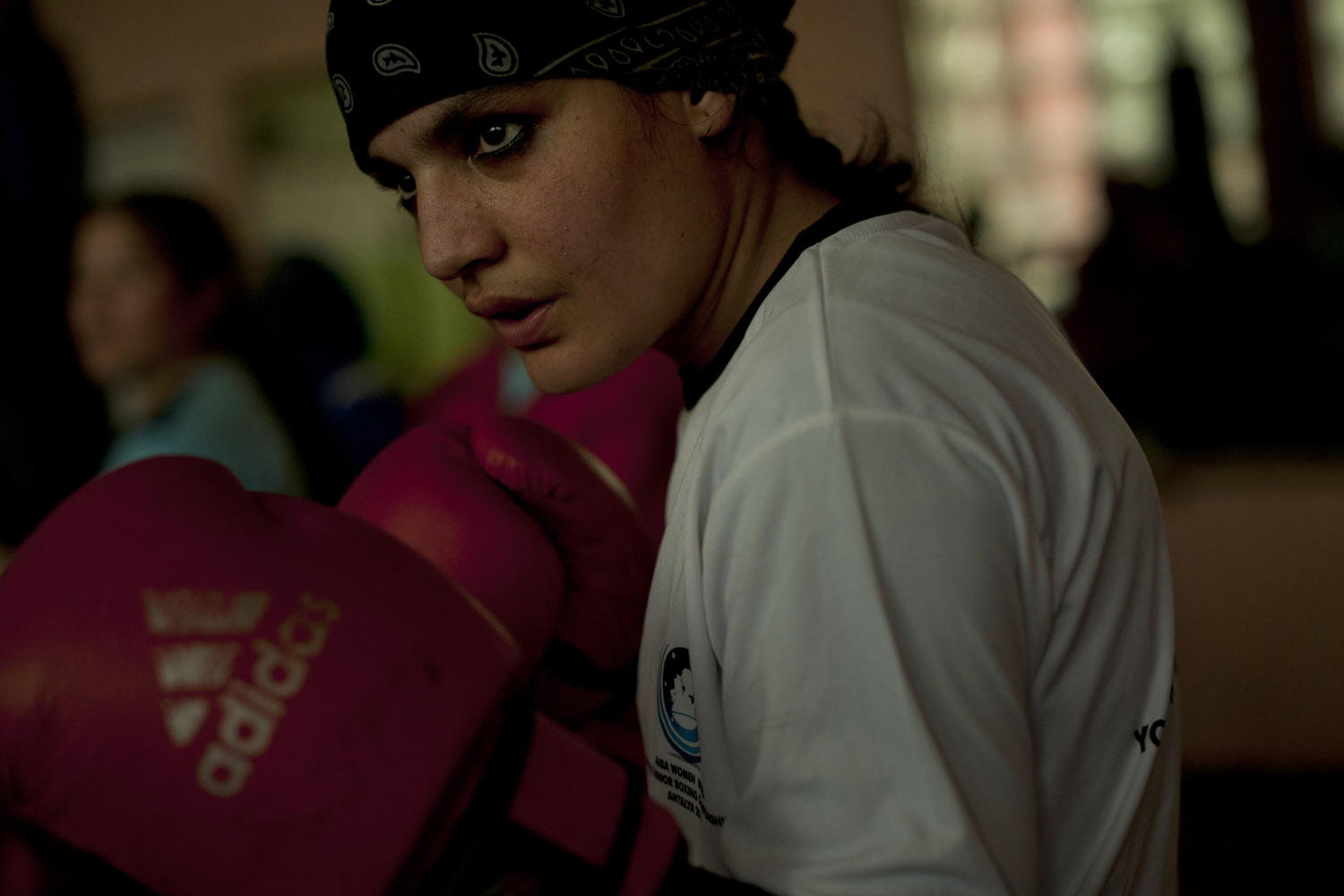
Nobody expected Sadaf Rahimi, the female boxer originally selected to represent Afghanistan at the Olympic Games this week, to do well in the ring. The mere fact that she would be representing her country was triumph enough. To get to the selection stage, she had to fend off social opprobrium, religious condemnation and even the disapproval of some of her own coaches who believed that women’s boxing shouldn’t go any further than the hobby stage. Rahimi won every one of those battles. Her path to London was but the latest leg of an extraordinary journey for Afghanistan’s women, who, little more than a decade ago, were forced to stay at home, denied the right to obtain an education, to work — and to play sports. She might have won over her countrymen, but in the end, she couldn’t make it past the International Boxing Association (AIBA), who decided on July 18 that she could not compete, citing concerns that boxing against opponents of much higher standards might threaten her safety in the ring. Not only is this a disappointment for Rahimi, her family and the aspirations of female Afghan athletes, it strikes a blow to the International Olympic Committee’s goal to have female athletes represent every country, just a week after Saudi Arabia, the last holdout, reluctantly agreed to send two female athletes.
(For daily coverage of the 2012 Games, visit TIME’s Olympics blog)
Rahimi had been preparing for the Olympics since February, when she was first notified that she would receive what is known as a wild-card invitation — a special berth granted to nations that would not otherwise be able to qualify an appropriately skilled athlete. Later that month she traveled to the U.K. to train in a special AIBA boxing camp, where she had her first taste of Olympic-caliber boxing. At first, she told TIME, she was getting knocked down “two to three times a day.” But by the end of the two-week program, she was starting to hold her own in the ring. Still, she was sanguine about her chances in London. “I am sure I will be punched like a bag. Like I am a pillow being pummeled,” she told TIME in April. “Whether I win a medal or not, I will be a symbol of courage as soon as I step into the ring.”
(Related: How to Compete in the Olympics While Fasting for Ramadan)
It is unclear why the AIBA waited until just over a week before the Olympics to revoke Rahimi’s invitation. In May, when Rahimi attended the women’s world boxing championships in China, her fight was stopped short, after a minute and 20 seconds, because she was doing so poorly. Her coach, as well as the Afghan National Olympic Committee, felt that her performance in China was an aberration, saying she had performed well in other international competitions. Rahimi, say close friends in Kabul, is disappointed. But she is looking forward to competing in other international events and still holds out hope that with a few more years to train, her chances in Rio 2016 will be even better. And back at home, in the ramshackle studio Rahimi shares with Afghanistan’s other boxers, she has already started winning some converts to her side. As the women’s club trickled out of the gym to make way for the men’s boxing team a few months ago, I stopped to ask one of the men’s coaches what he thought about the idea of women boxing. “At the beginning it was strange,” admitted Sayed Haroon. “Everything new is strange at first, but you can get used to anything if you see it enough times.” Rahimi may not be boxing in London this year, but she will continue the fight back home in Afghanistan.
To read more about Rahimi, read Baker’s piece here.
Aryn Baker is TIME’s Middle East bureau chief based in Kabul.
Andrea Bruce is a photographer based in Afghanistan. She was previously featured on LightBox after winning the Chris Hondros Award.

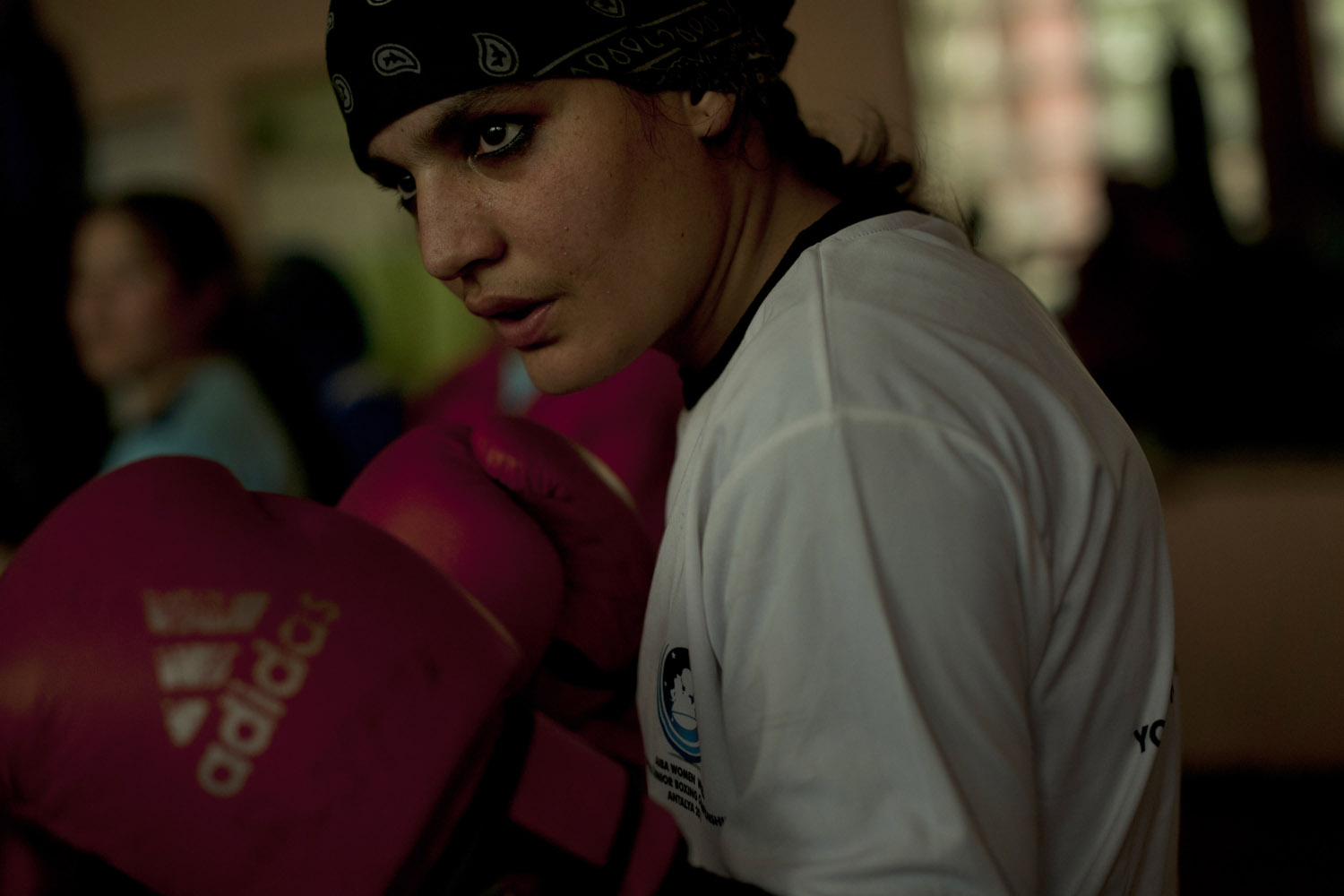
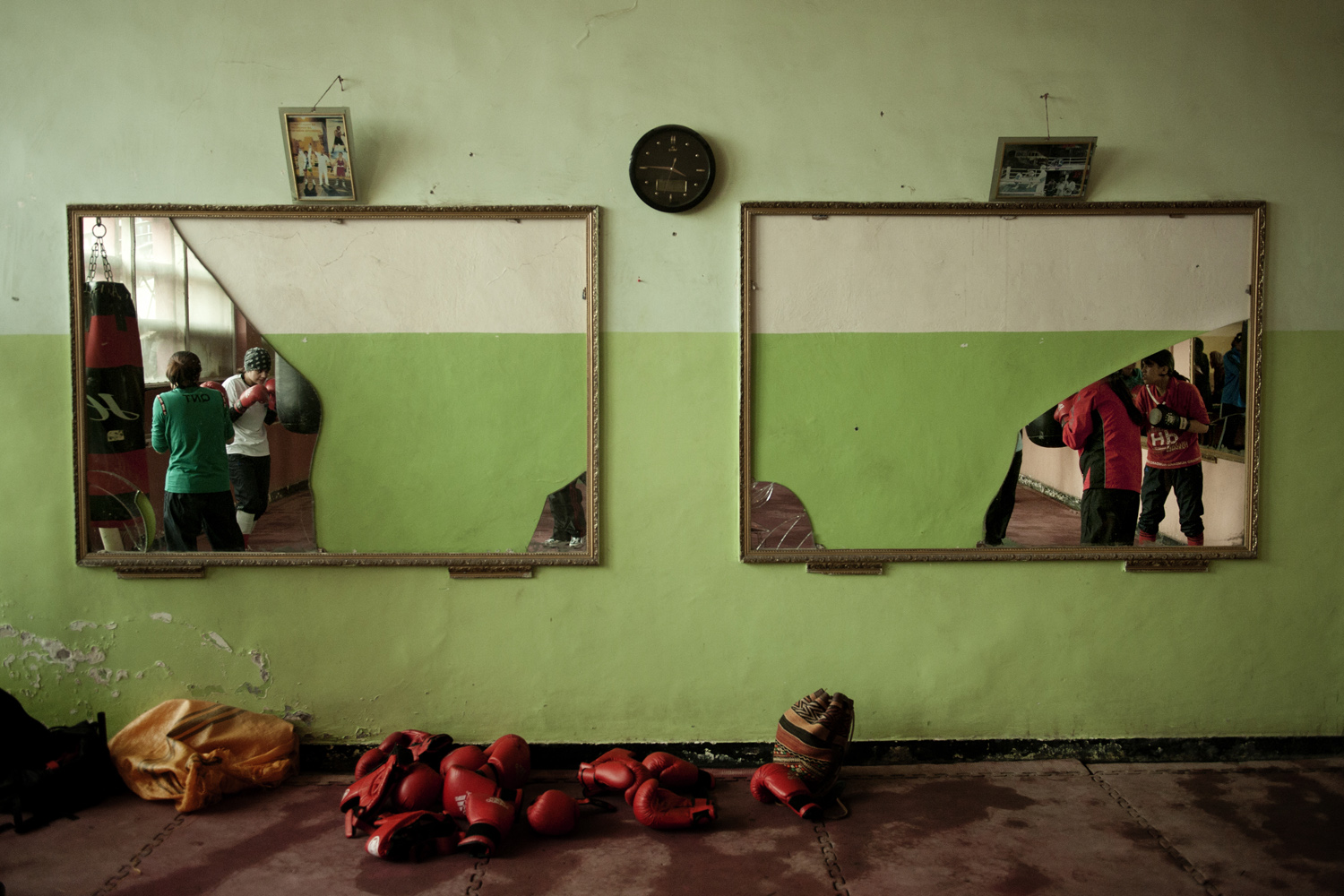

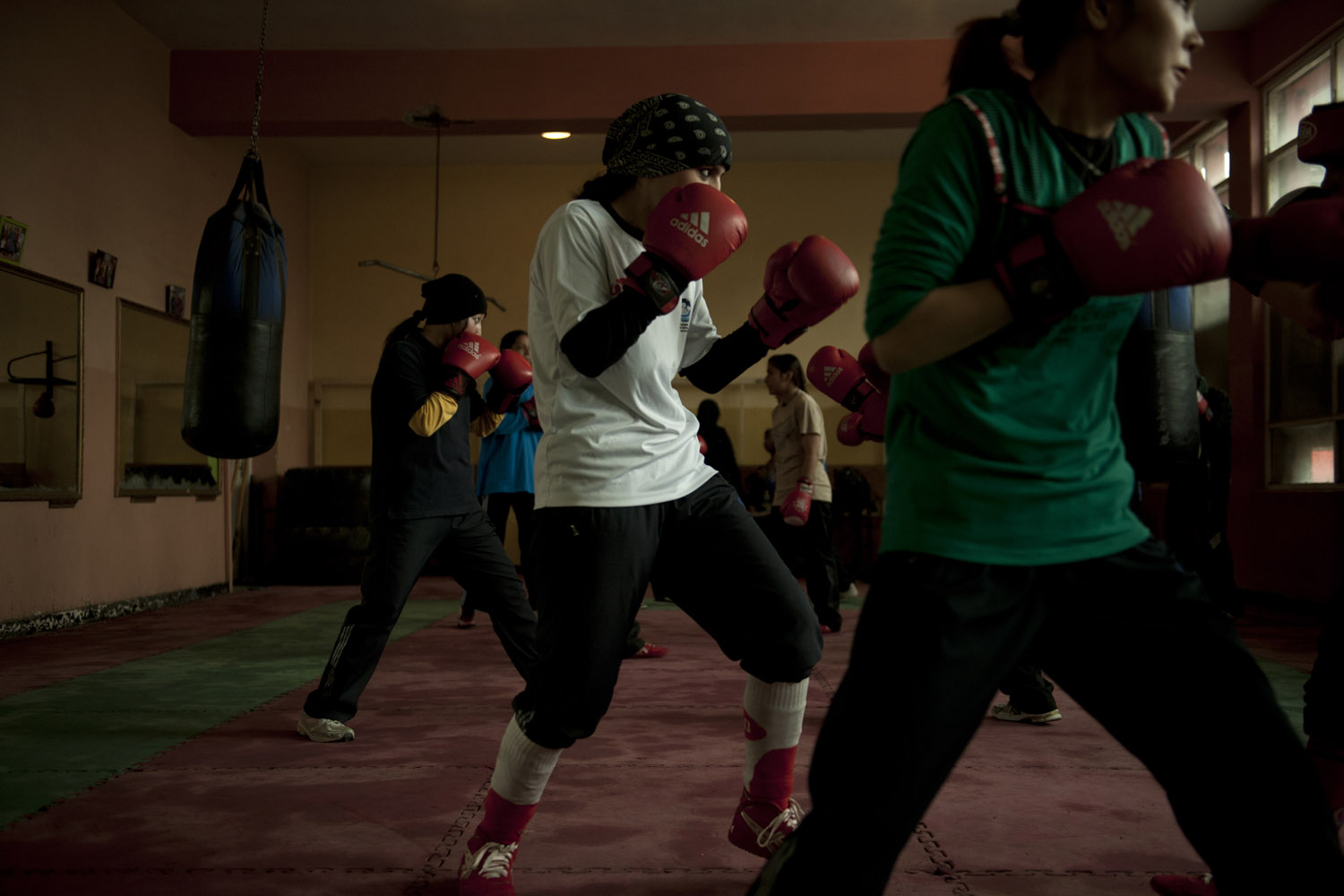
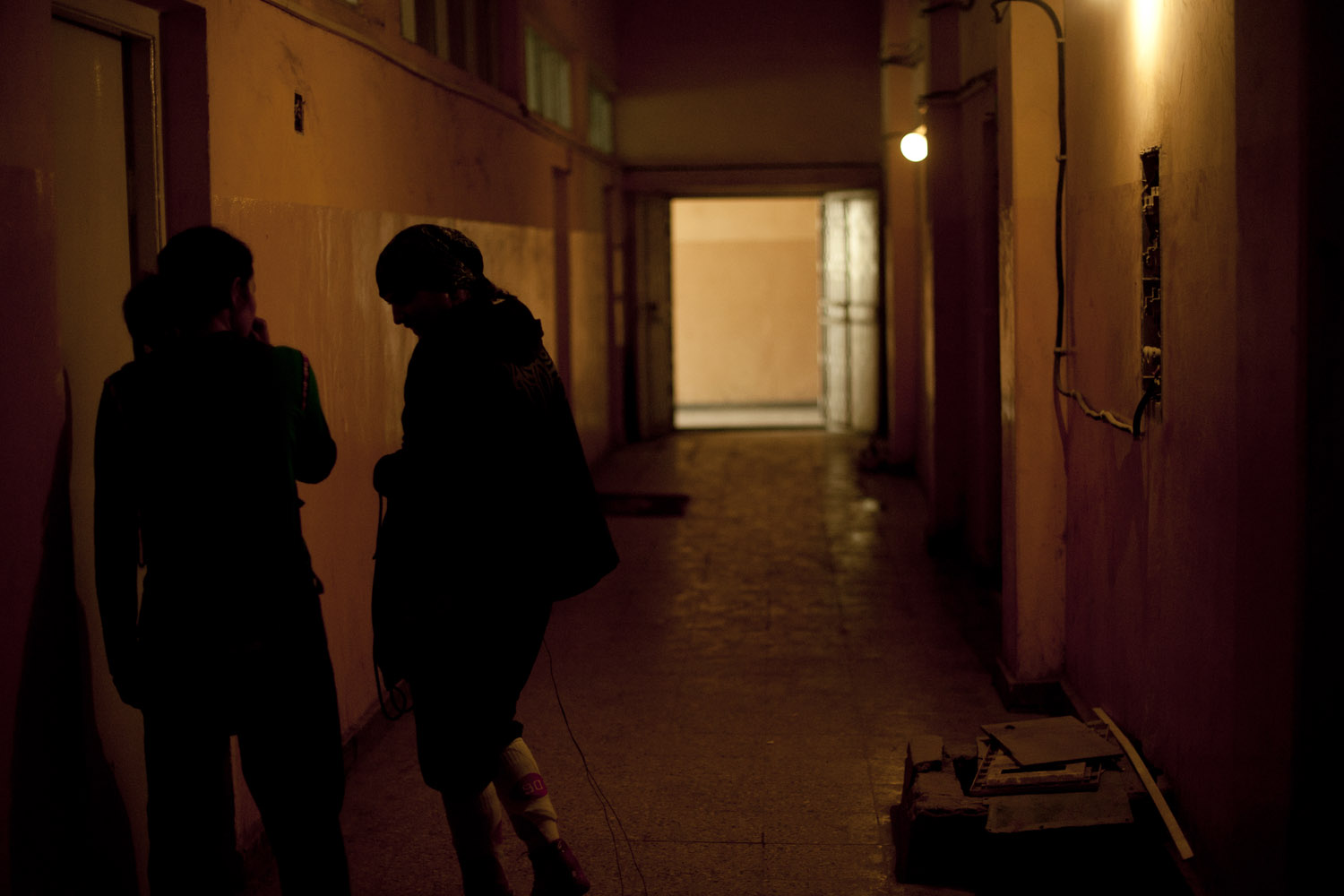
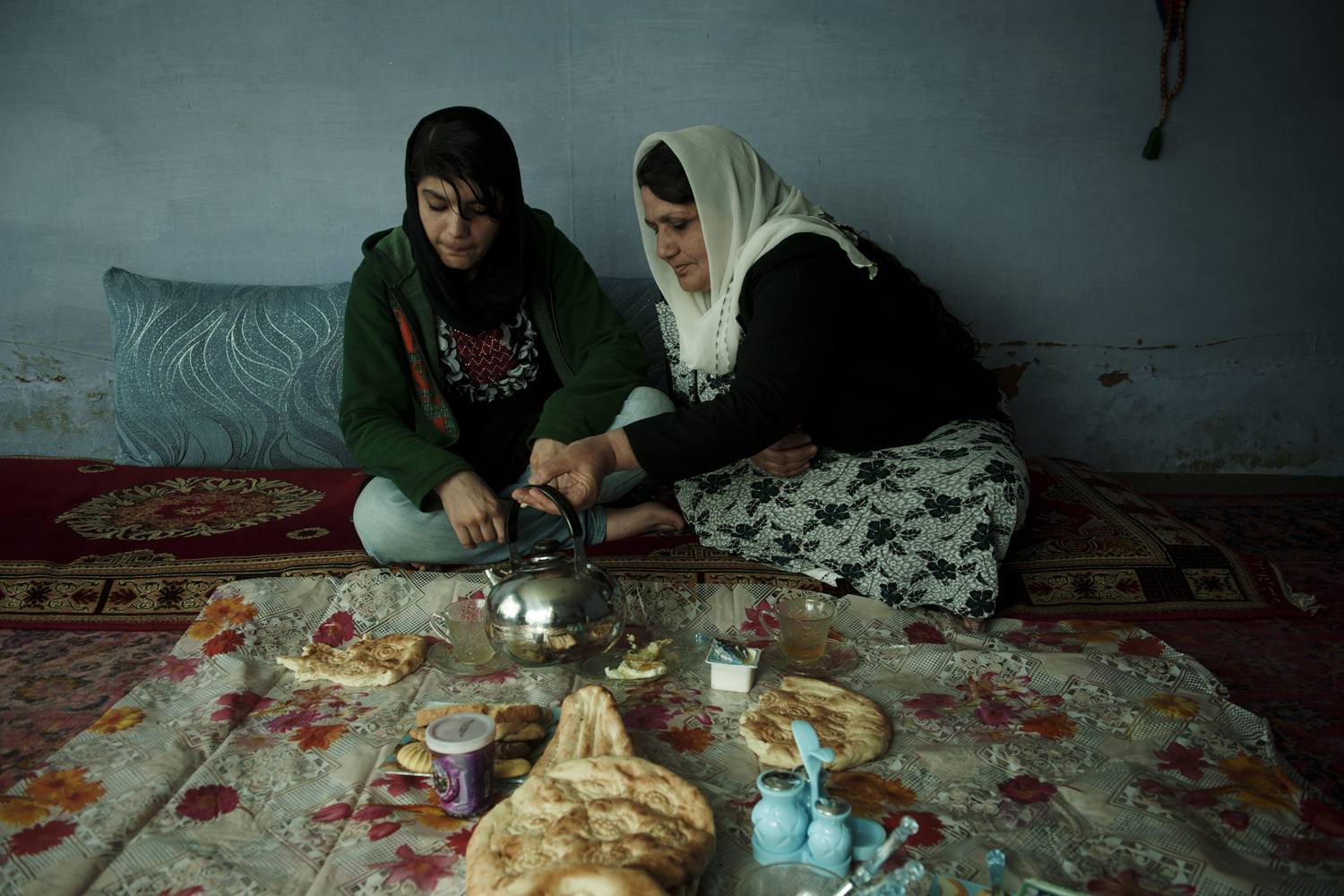

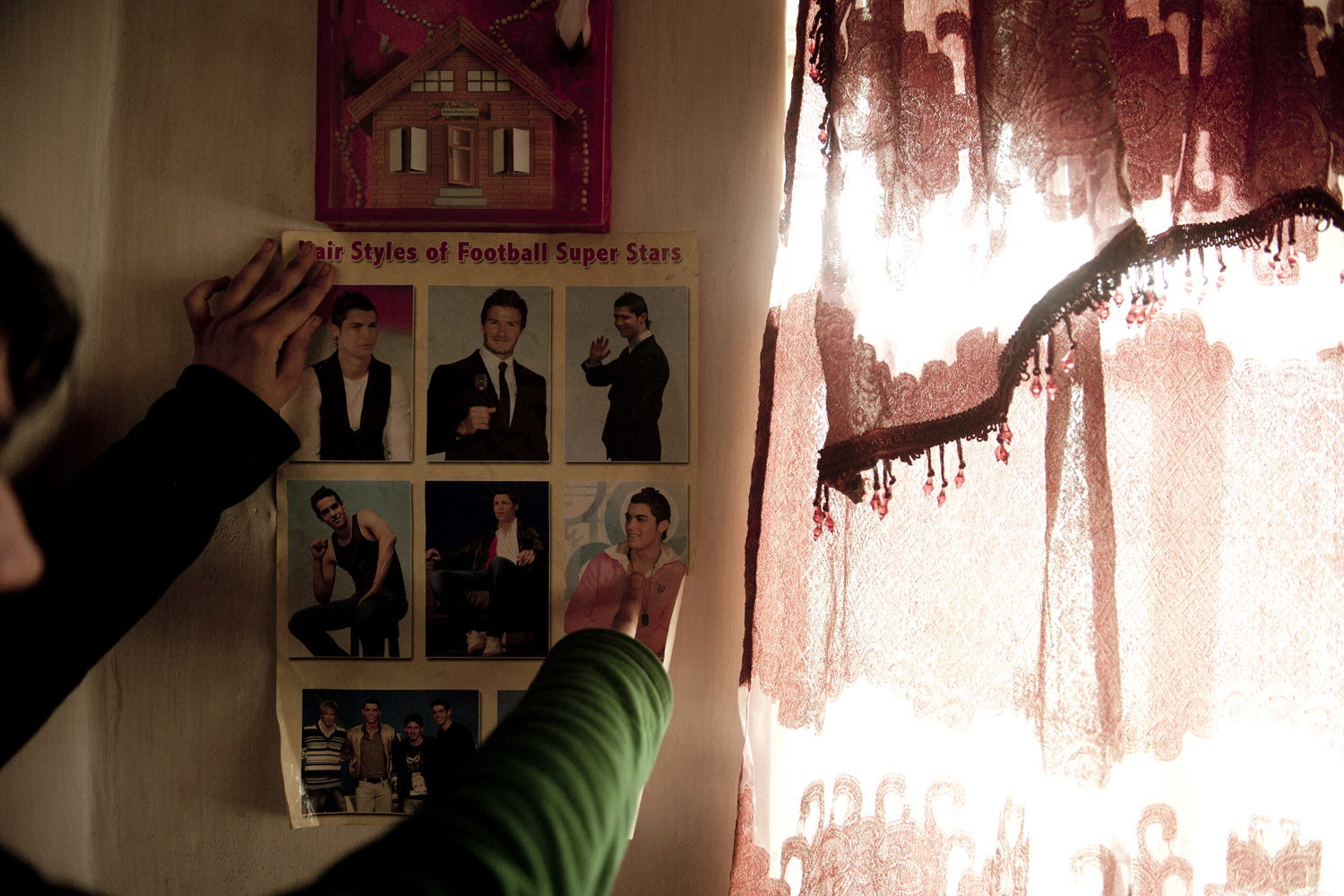
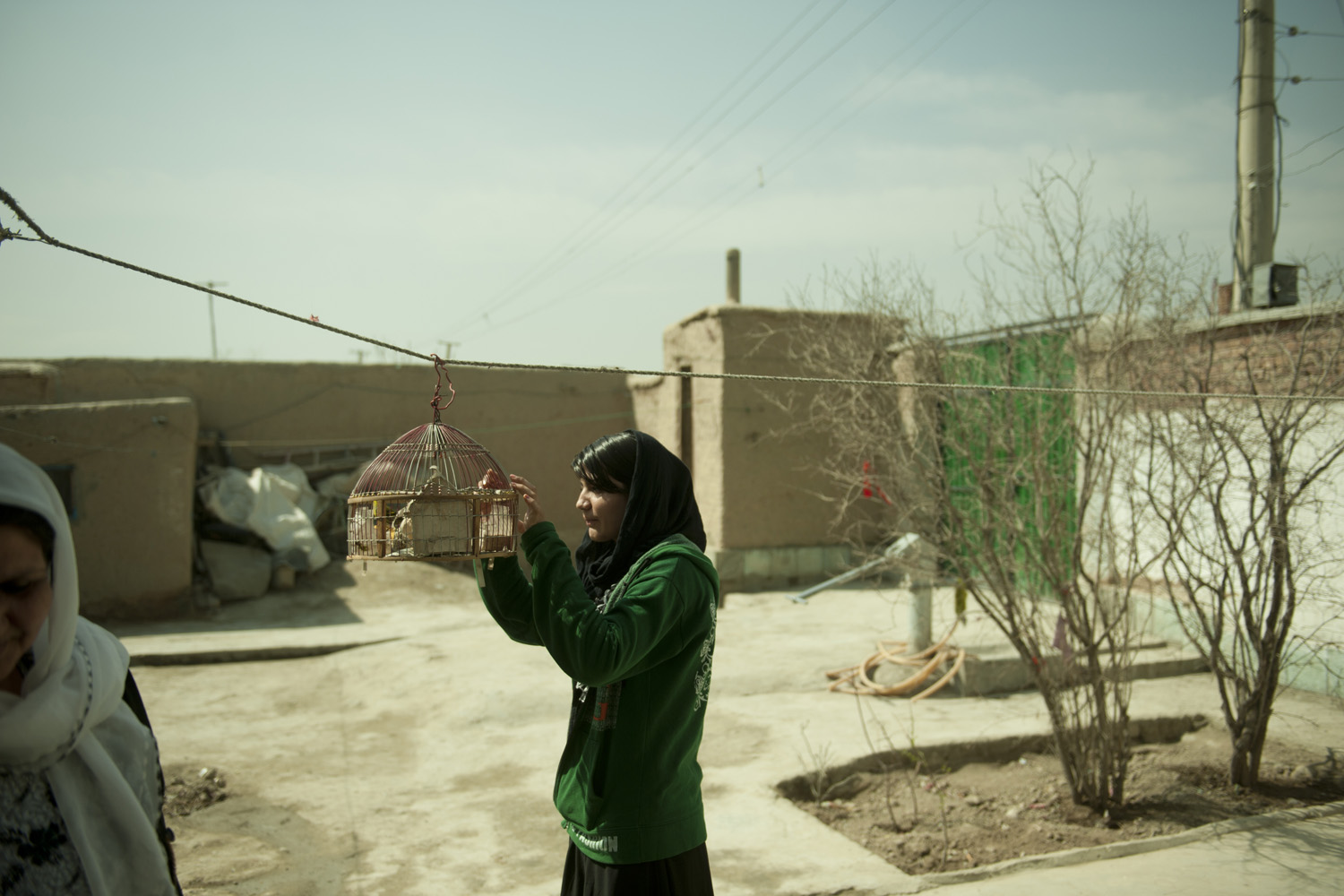
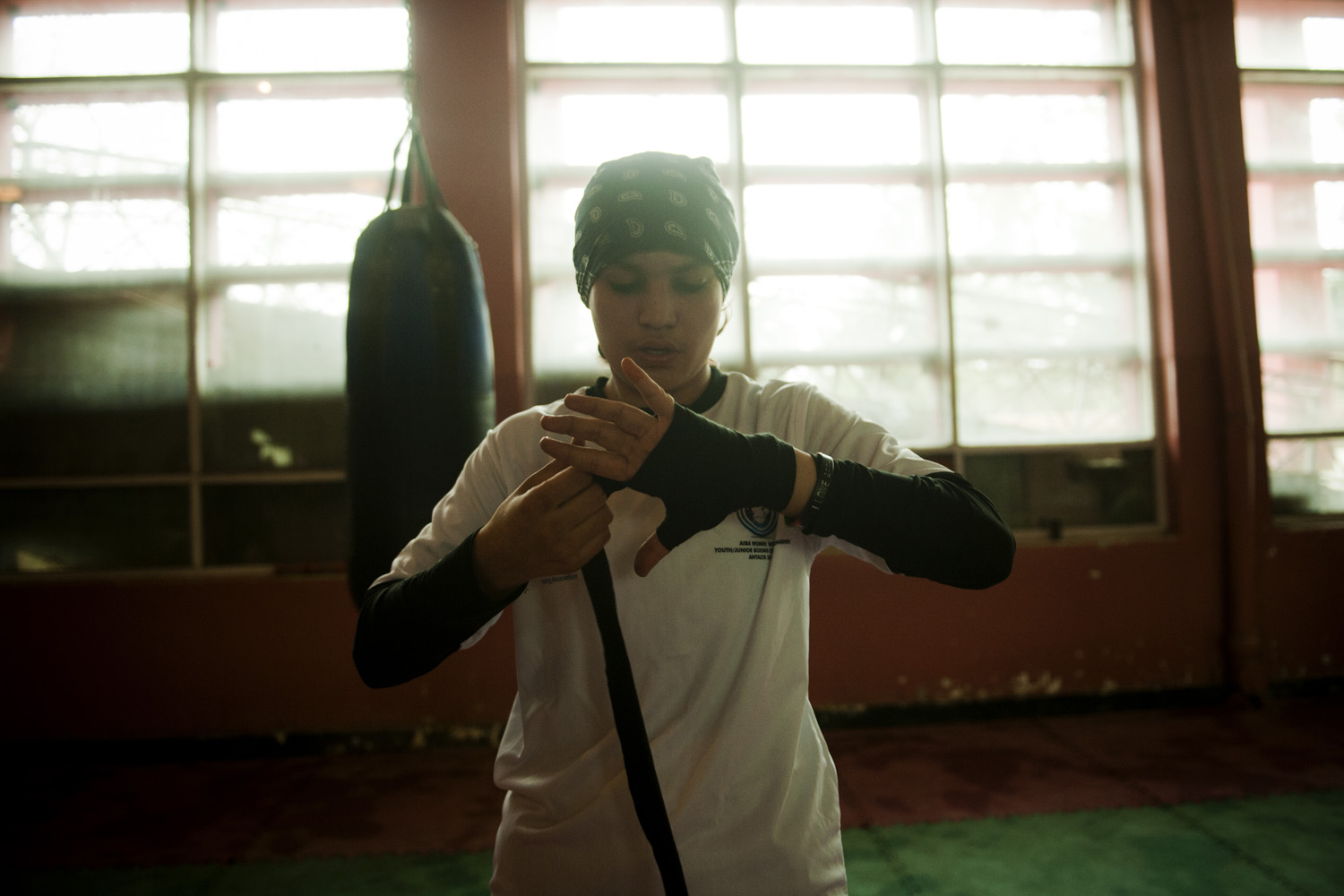


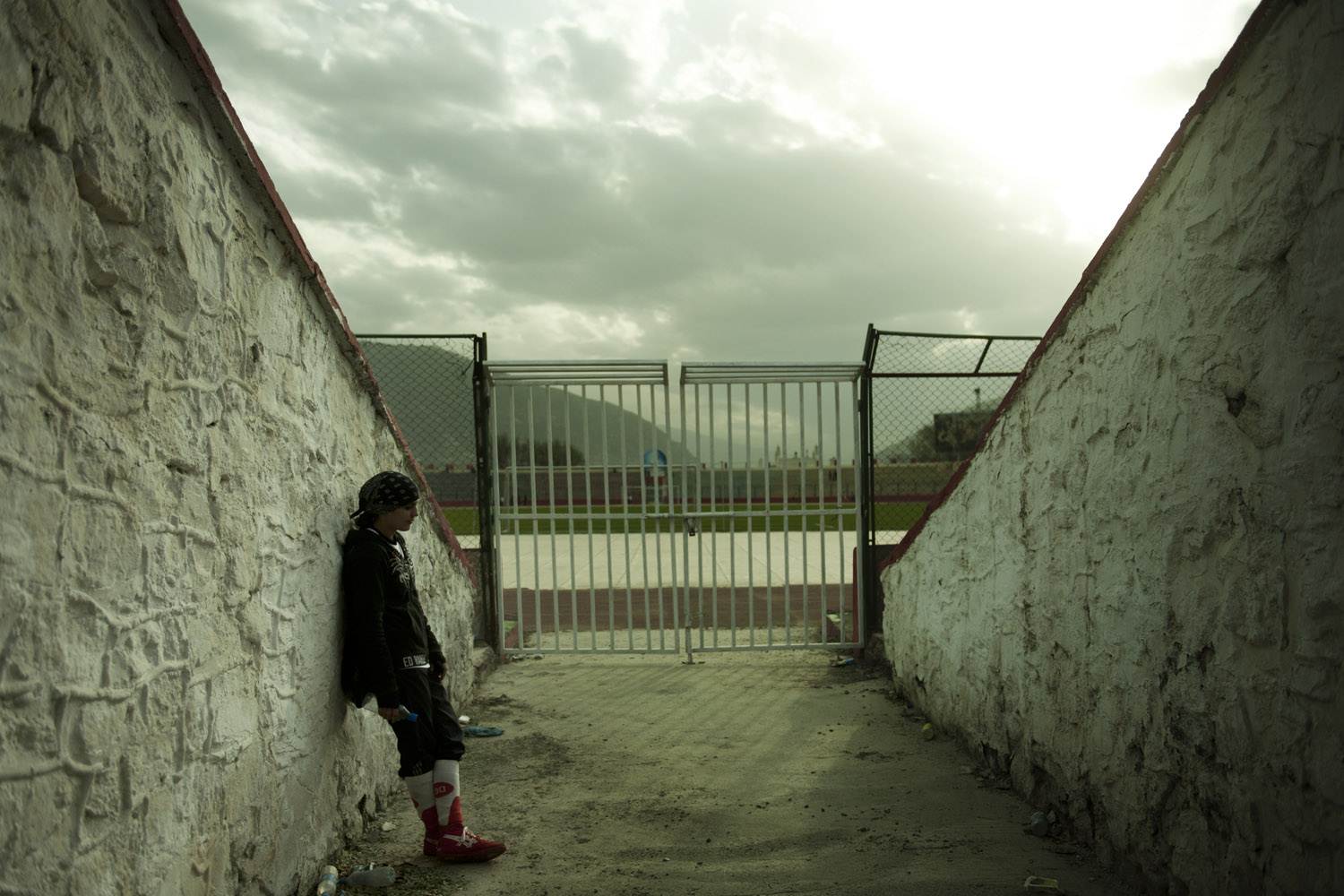
More Must-Reads from TIME
- Cybersecurity Experts Are Sounding the Alarm on DOGE
- Meet the 2025 Women of the Year
- The Harsh Truth About Disability Inclusion
- Why Do More Young Adults Have Cancer?
- Colman Domingo Leads With Radical Love
- How to Get Better at Doing Things Alone
- Michelle Zauner Stares Down the Darkness
Contact us at letters@time.com